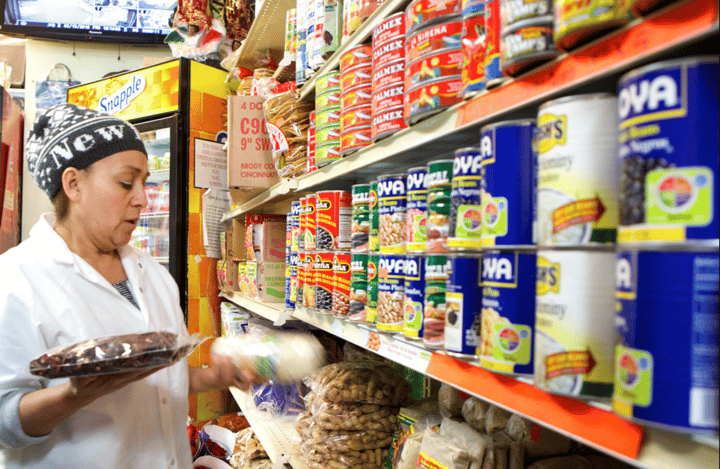
- Home
- Crunchtime Blog
- Multi-Location Coffee Chain Eliminates Nearly 3 Hours from Inventory Process

Multi-Location Coffee Chain Eliminates Nearly 3 Hours from Inventory Process
Accurate inventory management is a foundational pillar for coffee chains
Inventory not only informs your food costs and P&L; it's also crucial to keeping customers happy and cups filled. Yet, inventory counting can be one of the single most tedious tasks for restaurant teams.
Anyone who has taken inventory in a restaurant knows that it’s usually a chore. Without a well-planned procedure, it can take forever. What makes counting inventory even worse? Having to mark every item down on paper and then re-entering it into a computer. This double data entry can lead to errors and skewed data that cuts into your bottom line through higher food costs and missed sales opportunities.
Matcha, milk, and muffins
Traditionally, taking inventory is done alphabetically, but step into your walk-in and it’s not organized that way. Unless you’re storing matcha, milk, and muffins next to each other, doing inventory alphabetically will have your restaurant staff spinning in circles and spending valuable time searching for products. There’s also the issue of missing inventory when it isn’t sequenced. If it’s not on the inventory sheet it’s easy to overlook a box on the shelf because your team member wasn’t looking for it. But, when inventory is sequenced, a stray box sticks out because it doesn’t match what’s on the inventory sheet.
By sequencing your inventory according to exact locations, your restaurant managers will be able to spend less time counting, ensure accurate data, and spend more time providing exceptional service.
Here’s a real-life example from a Crunchtime customer on how sequencing their inventory saved them hours each week:
A coffee shop chain looked at all their stores and realized one of their locations was spending three hours on inventory per week. The coffee shop was small with limited menu items, and the home office couldn’t understand why so much time was spent on counting inventory. It turns out that this particular store hadn’t sequenced their inventory properly.
While their inventory sheet was alphabetical, their actual inventory counting procedure wasn’t. After discovering this, the coffee shop staff went through and sequenced their inventory, making sure everything was shelf to sheet - perfect.
The following week, inventory only took 15 minutes. That’s a two-hour and forty-five-minute time savings.
15 cartons of half & half VS. 15 cases of half & half
Accurate inventory counting creates the baseline for your actual costs. When you see a large food cost variance, it’s easy to figure out if there was a missing vendor invoice, or a keypunch error (like 15 cartons of half & half versus 15 cases of half & half).
Accurate inventory management may not be glamorous, but it’s essential to running a profitable coffee chain. Sequencing your inventory, ensuring everything is in its rightful place, and ditching the outdated methods of double data entry are small steps that can lead to significant time savings and more accurate data. When your team spends less time counting and more time focusing on delivering exceptional service, it not only impacts your bottom line but also enhances the overall customer experience. Just like the coffee chain that shaved hours off its inventory process, optimizing your approach can lead to better efficiency, lower costs, and happier customers.
Share this post
Related


6 Inventory Management Tips from Leading Restaurant Brands


